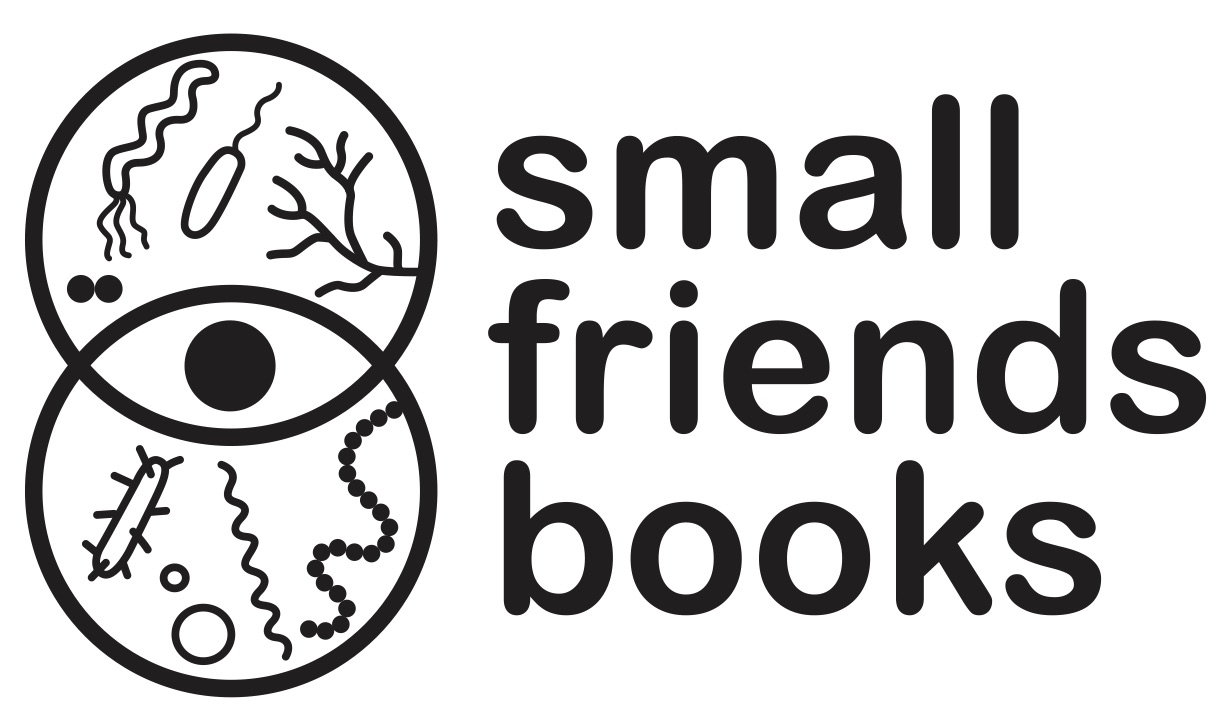Cycled down through a blustery Melbourne afternoon (no gloves, cold fingers) to meet Kathryn Holt at the Bio 21 Institute. She found us a spot on Flemington Road to have coffee and Gregory asked, “So, do you know why we asked to meet you?”
She shook her head, smiling quietly and I wondered if she thought we were a bit crazy. Gregory pulled out copies of Squid Vibrio and Zobi and launched into a description of Mission Symbiosis Storytelling.
Kathryn explained to me that she’s a computational biologist – which I had never heard of. There’s something kind of amazing and on the edge of humiliating about being the absolute novice thrown into these conversations. Kathryn talked me through it.
She’s working with samples of the Shigella bacteria, which causes dysentery (some of which are over a 100 years old, from WW1. Think of them sampling soldiers’ stools and keeping those samples intact for so long). Kathryn does genetic analysis and uses that information to trace where Shigella bacteria have travelled in the world. She told us about a guy from the Pasteur institute, who’s obsessively using genetic data to exactly track the movement of Shigella bacteria from trench to trench during the war. I love the stories I get to hear of humans dedicated to drilling down such specific details.
Kathryn talked about the Shigella bacteria’s “type three secretion system”. The they have 40 or 50 genes which can form the shape of a needle used to puncture a human gut wall. Then they manipulate our cells so they can live inside them. Her descriptions were so graphic. I was already seeing scenes of our story forming.
She talked about the microbiome, the thousands of species of bacteria in our gut, some of which would compete with Shigella, helping us to beat the dysentery.
I sat there, cold hands gripping my coffee, listening with a kind of gleeful astonishment.
The last thing I wrote in my notebook for that meeting was, “macrophages patrolling your gut”.

